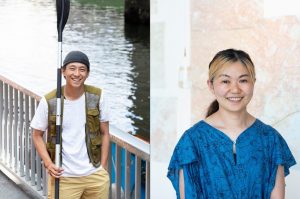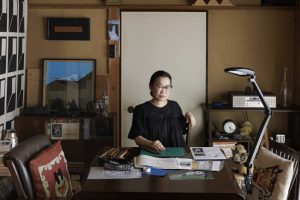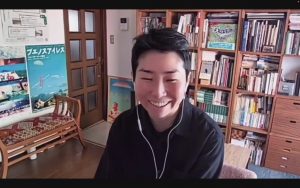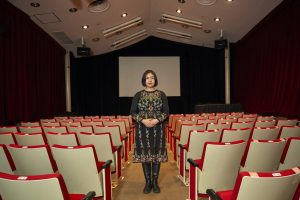――What led you to launch a crowdfunding platform?
An interview with Takeshi Otaka of MOTION GALLERY
The secret to success in crowdfunding
Artists’ Survival Methods
No.010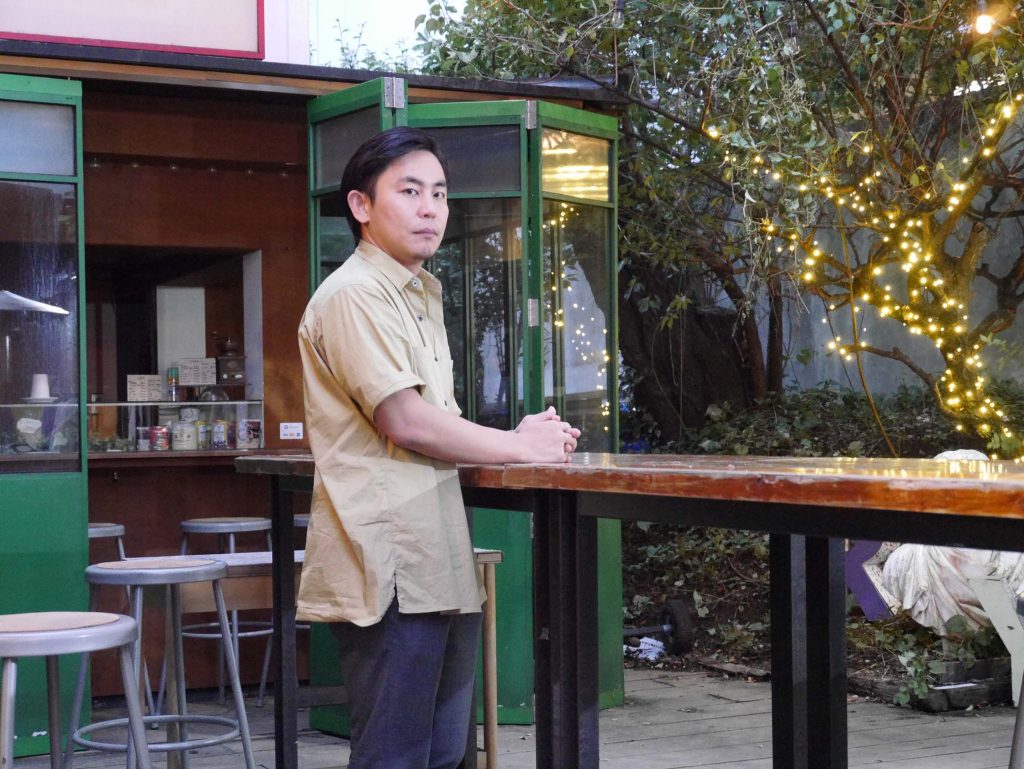
For today’s interview, we will focus on crowdfunding as a topic “on money for creating and presenting work.” We talked with Takeshi Otaka, the head of MOTION GALLERY, a crowdfunding platform geared toward supporting creative endeavors.
The most important are passion for the work and to tell the truth
I studied filmmaking at Tokyo University of the Arts graduate school. I profoundly felt a desire to make an impact on the art world and society and to establish my sense of values, and at the same time, the difficulty of procuring funds to make that happen. In Japan, it is hard to go to the government or other public entities to ask for support for cultural projects that are not directly connected to economic activities. So I came to focus on crowdfunding, a way to procure funds from private sources.
――What are the advantages of crowdfunding?
It trains you to improve your skills to express and communicate the goals and passion for your projects, and of getting people involved. The yardstick for deciding to offer assistance that supporters use is not about investment, but whether or not they can relate with and want to root for the project. Therefore, the greatest prerequisite is just how honest you are about what you are thinking. Your presentation skills are vital in getting people to understand the intentions and real value of the work and to buy, screen, or host your work.
――Are there things to be careful of regarding rewards?
I recommend offering something that proves their involvement or priceless experiences directly related to the work you are creating. If you offer a gift that is not closely related to the project, those who just want that gift probably won’t come out to see your finished work. I believe those who can deliver their work to and connect with those who are truly interested are the ones who are successful at accomplishing what they really want to do.
When doing a crowdfunding, there are many things you have to learn and do regarding things like its mechanisms and procedures. But it seems that what’s most important are that you have a strong understanding of your own creative activities and to be able to communicate it accurately.
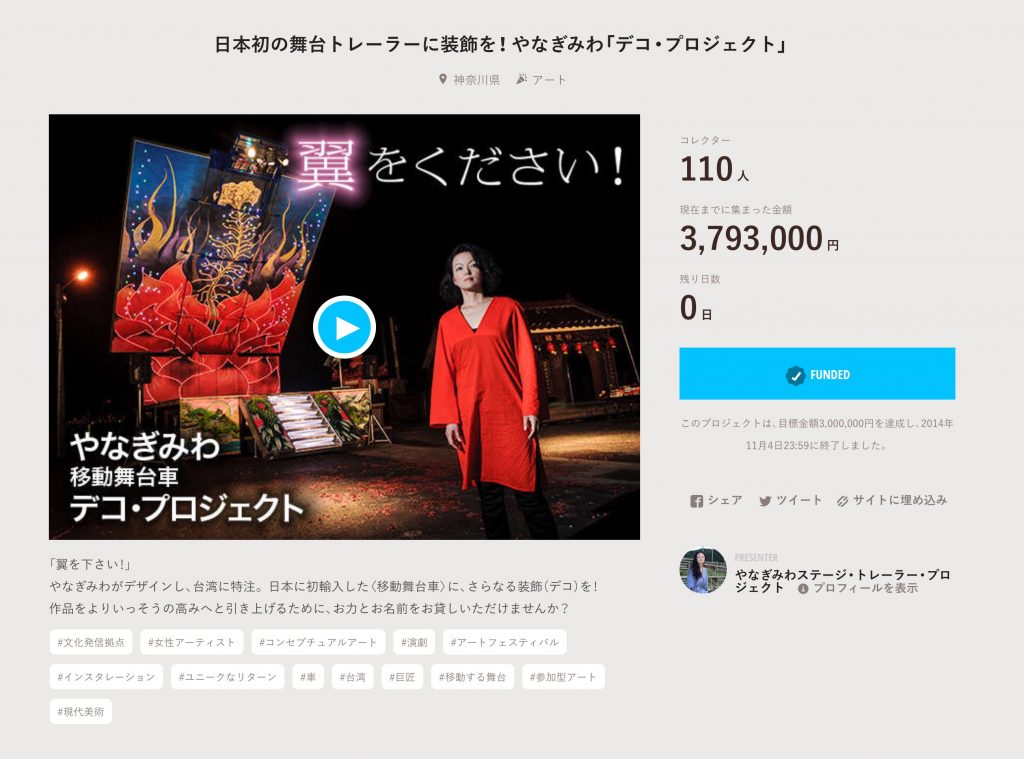
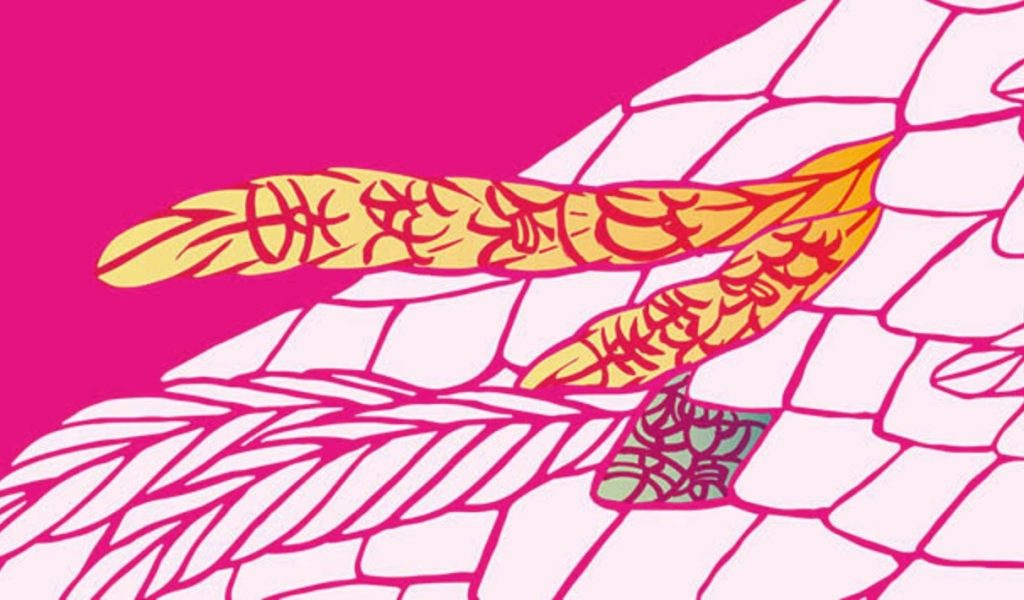
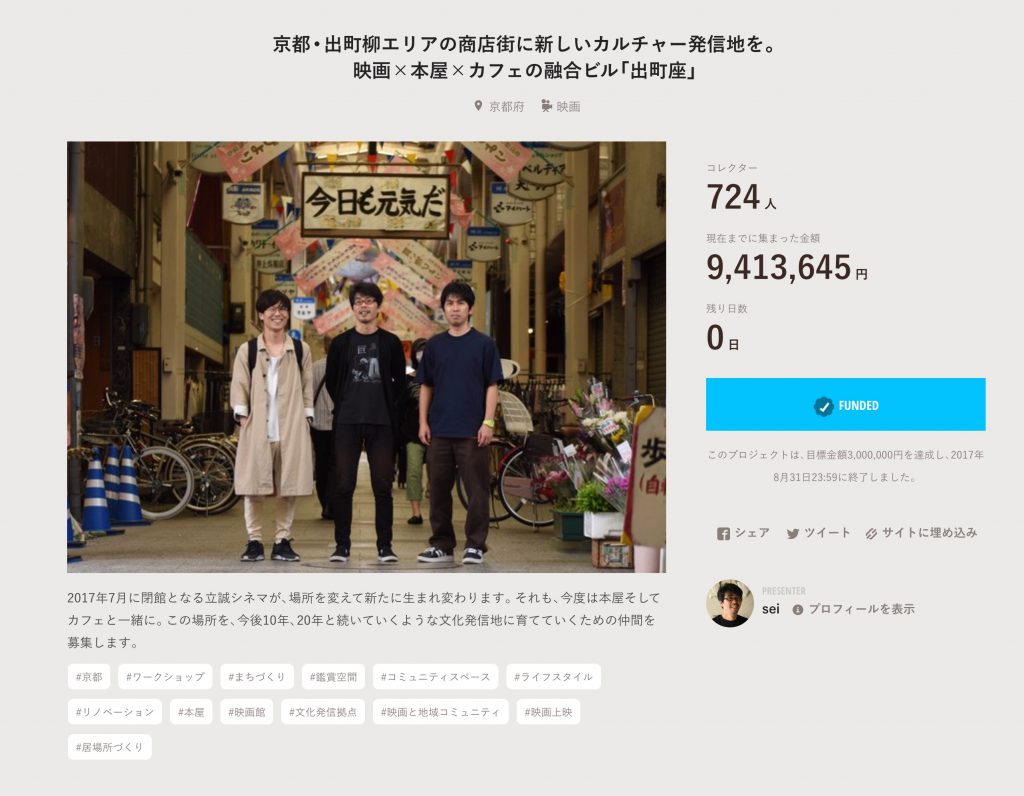
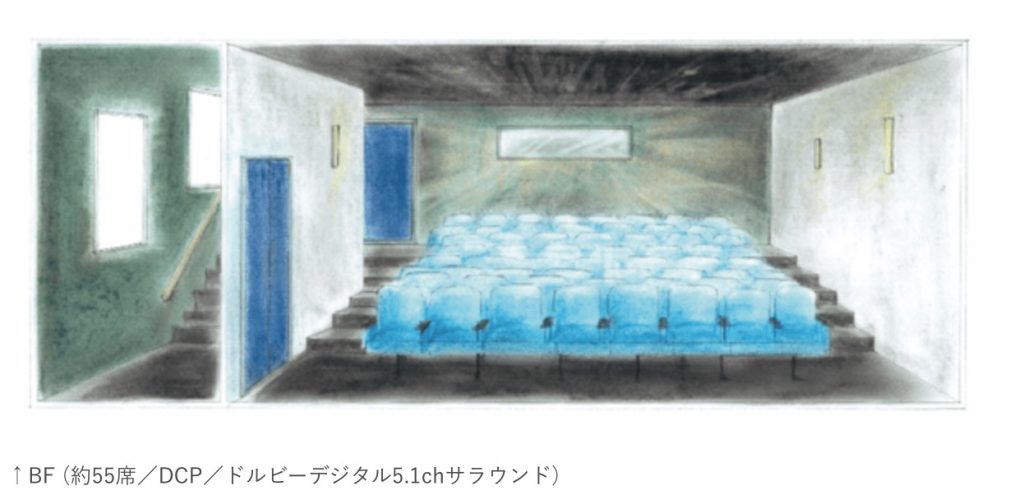
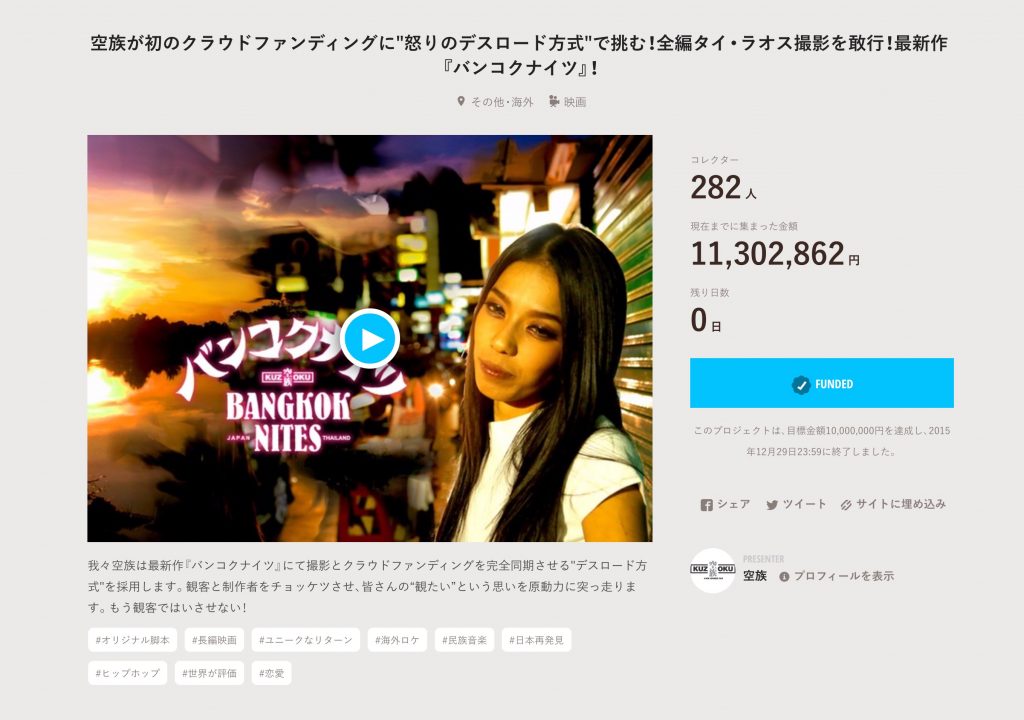
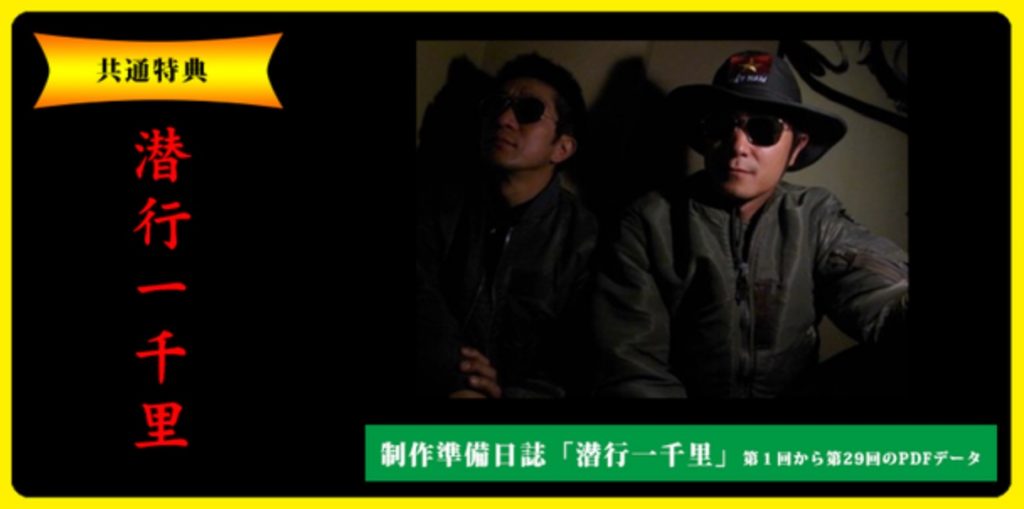
Japanese original text: Yasuna Asano
Images provided by: MOTION GALLERY
MOTION GALLERY
A crowdfunding platform that launched in 2011 and has helped realize over 2,800 projects.
https://motion-gallery.net


